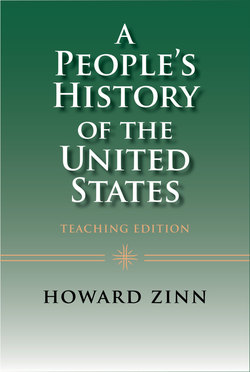Читать книгу A People's History of the United States: Teaching Edition - Howard Boone's Zinn - Страница 10
На сайте Литреса книга снята с продажи.
Notes
Оглавление1. Blum, J., et al., The National Experience, Harcourt Brace Jovanovich, New York.
2. One of the most successful assignments emerged when I asked students to investigate what happened during Bacon’s Rebellion (1676). See Appendix B for a bibliography of the textbooks I used, page references to passages covering the events surrounding Bacon’s Rebellion, and the questions I used to provoke debate.
3. Grob, G., and Billias, G. A., Interpretations of American History, The Free Press, New York.
4. I use the word “detail” instead of “evidence” or “fact” very consciously. The distinction between an “interpretation” and a “fact” is a slippery one. To avoid having constantly to deal with what was fact and what was not in the classroom, I made distinctions with my students only in terms of levels of detail. I required them to support a topic sentence (a generalization) with the next level of detail, some of which could be considered fact while other kinds of detail were not considered fact but still qualified as evidence. This proved over the years to be a very practical choice of diction.
5. I borrowed these categories of questions from Bloom’s taxonomy. Please refer to Appendix D for more details on the nature of the taxonomy.
6. “Define your terms” was a mantra I repeated often so my students would internalize it. Effective communication depends on the participants sharing the same definition of key terms. To ensure those definitions are shared, they need to be made explicit at the beginning of any argument or thesis presentation. A common mistake in developing an argument is changing the definitions of the terms in medias res; hence the need to make this process explicit.
7. Refer to Chapter 10 in John Dewey’s Democracy and Education for an explanation of why “establishing relationships” is important.
